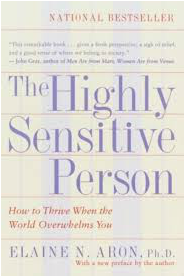
To help create better acceptance and understanding of oneself and others, the book includes the Keirsey Temperament Sorter, a short questionnaire to help readers determine their personality type. The four-letter result will look familiar to anyone who has taken the Myers-Briggs.












 RSS Feed
RSS Feed